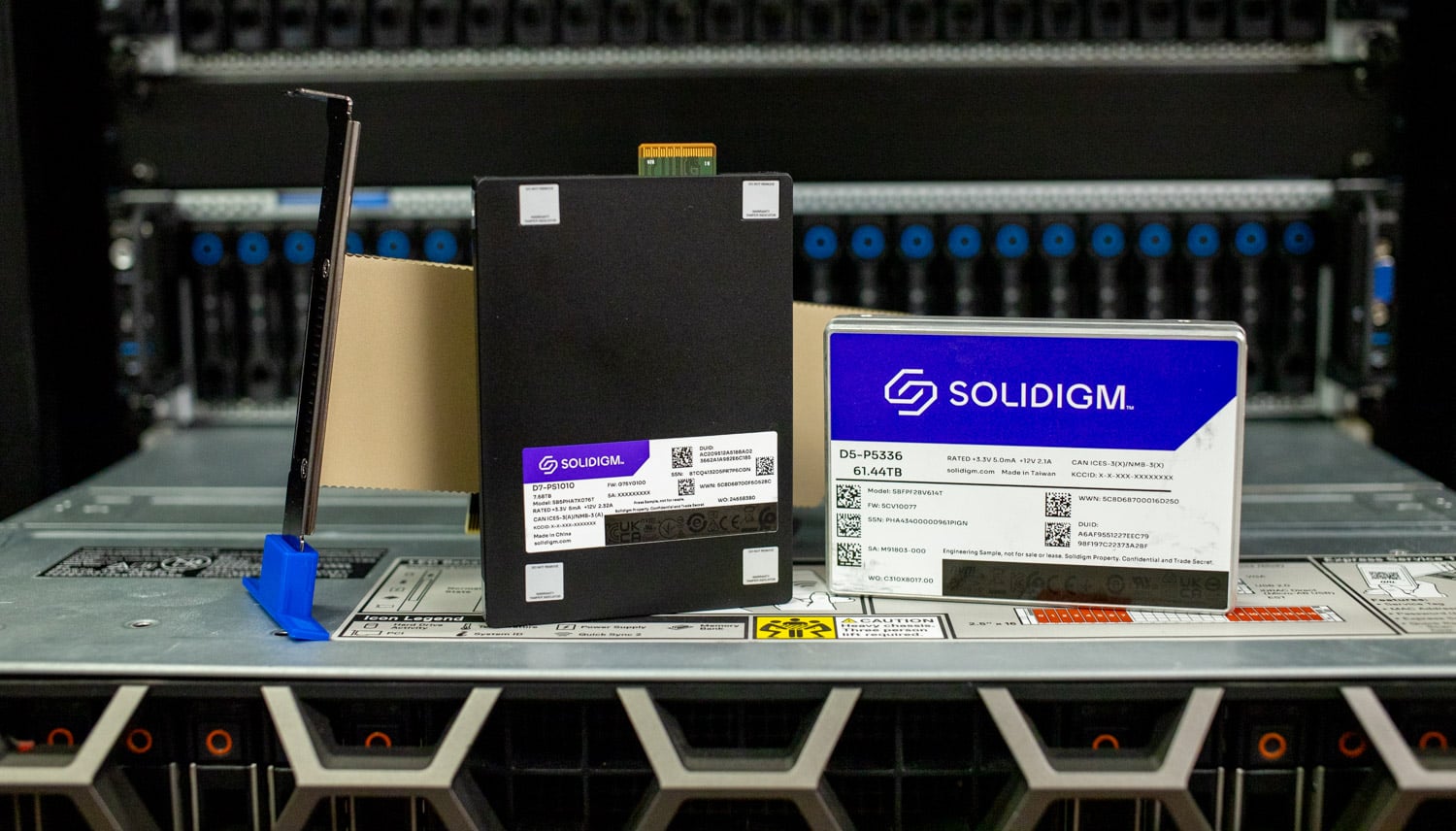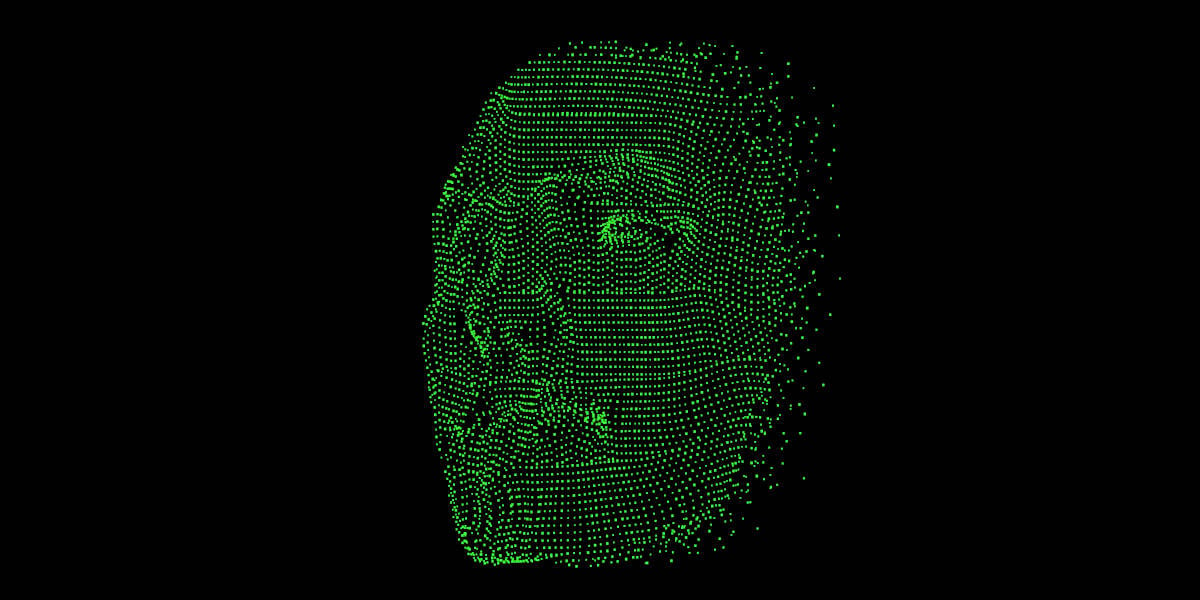
Scaling AI Checkpoints: The Impact of High-Capacity SSDs on Model Training
Checkpointing is critical to AI model training, ensuring resilience, efficiency, and the ability to resume or fine-tune training from saved states.
Checkpointing is critical to AI model training, ensuring resilience, efficiency, and the ability to resume or fine-tune training from saved states. However, the demands of modern AI workloads, with increasingly complex models and extensive training datasets, push storage to its limit.
Checkpointing in AI training is a critical process that involves periodically saving the complete state of the model during training. This state includes the model weights and parameters, optimizer states, learning rate schedules, and training metadata. Checkpointing creates a comprehensive snapshot of the training process at specific intervals, providing training continuity and recovery in case of interruptions.
Checkpoints are typically taken on iteration-based intervals (e.g., every thousand training steps). Modern LLM training, which can span weeks or months and consume enormous computational resources, relies heavily on these checkpoints as a safety net against potential failures. For instance, training a model like the GPT-4 class can generate checkpoints ranging from several hundred gigabytes to multiple terabytes, depending on the model size and training configuration.
















/cdn.vox-cdn.com/uploads/chorus_asset/file/25803712/HoneyCouponsTrio_LQ.jpg)
